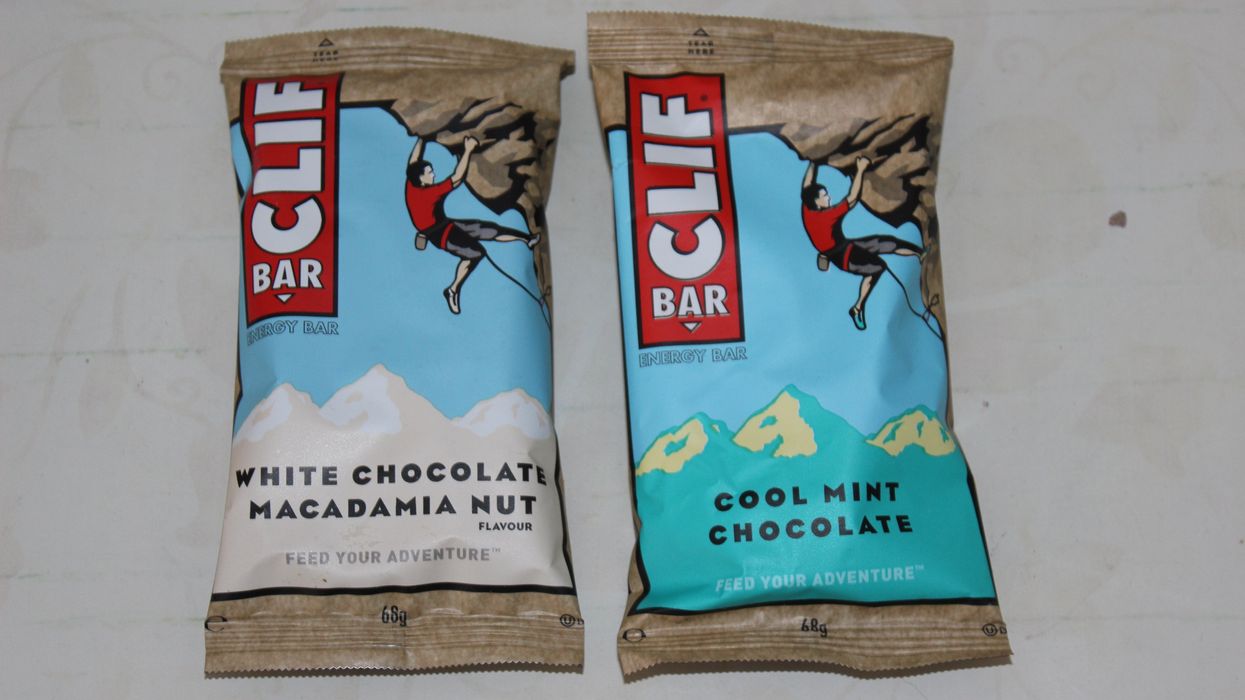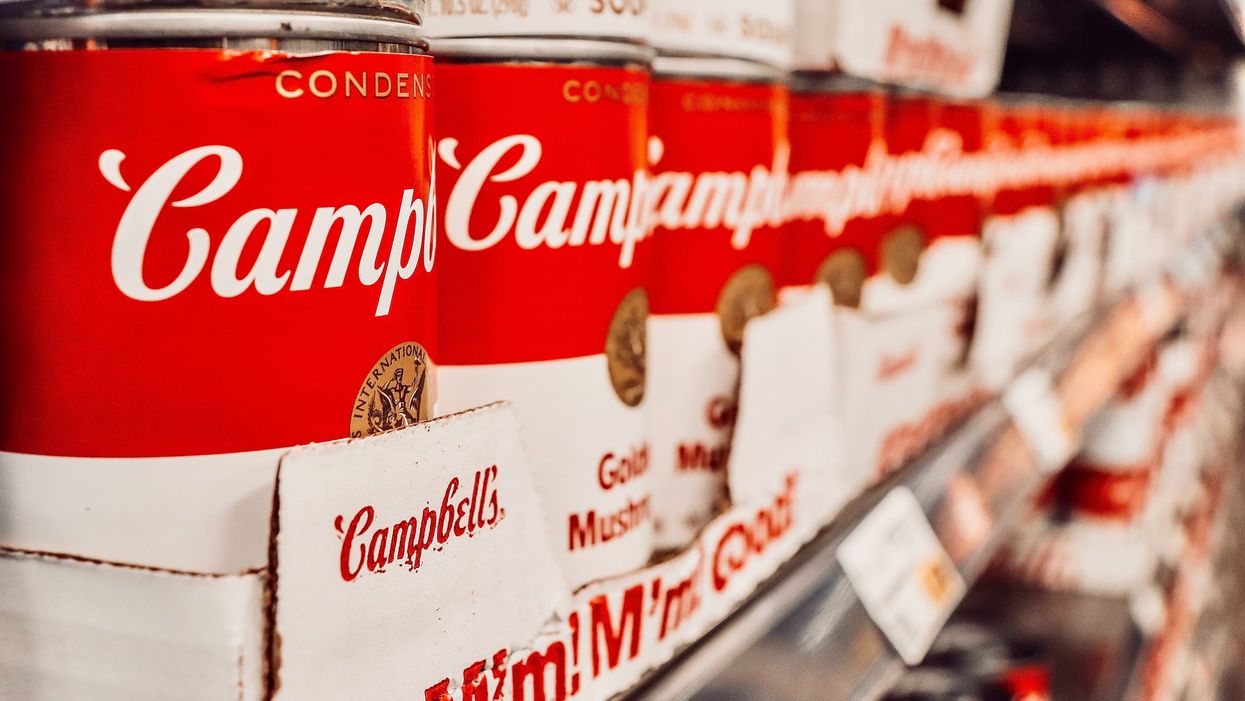Months after the close of one of the highest-profile consumer goods acquisitions of 2022, Clif Bar is already contributing to growth at Mondelēz International.
The Ritz and Oreo maker acquired Clif in a $2.9 billion deal that wrapped up in August.
With the deal, Mondelēz brought a $1 billion snacking platform into its fold.
Since the deal closed, results have been positive, Mondelēz CEO Dirk Van de Put told investors on the company’s earnings call to recap the fourth quarter. Van de Put didn’t share exact numbers on the division.
“We have strong results driven by good demand and good pricing, we had strong double-digit revenue growth, and we had high double-digit EBIT growth in the fourth quarter,” Van de Put said. It also has gross margins that are above average for the company in North America.
Integration is not a straight and narrow path. The acquisition came at a time of 40-year-high inflation. So, as it has with many brands, Mondelēz raised prices on Clif Bar products. This was “not normal” for Clif Bar, Van de Put said.
“We've done two pricing actions last year, and we've seen minimal volume elasticity,” he said.
For Clif, joining a larger company can bring beneficial change. The full integration into Mondelēz is still ongoing. The company is prioritizing certain Clif SKUs where it sees opportunity, and working to make improvements in the supply chain.
“We are seeing good supply recovery through Q3, and now we're starting with the integration of the businesses and [to] find the cost and the revenue synergies,” Van de Put said. “We have a full integration team in place.”
There are also changes underway in the ranks. According to Forbes, a number of executives including CEO Sally Grimes are set to leave the company at the end of the month. Alexandre Zigliara, a Mondelēz executive who has been leading the integration, will serve as president going forward.
For Mondelēz, acquiring Clif afforded the company with expansion into the $16 billion protein and energy bar market.
“It's ESG-focused, so it's right on the money as it relates to consumer interest,” Van de Put said. “But even in North America, we think that Clif has a huge opportunity for expansion, better distribution, and we are going to complement that with the international opportunity.”
The Clif acquisition comes amid a flurry of M&A activity for Mondelēz in recent years. In 2022, it also acquired Mexican candy business Ricolino and baked snacks brand Chipita, while divesting a gum portfolio that included Trident. That came on the heels of the acquisition of Tate’s Bake Shop, Give & Go Prepared Foods and Grenade in recent years.
It all adds up to a strategy that puts a focus on chocolate and biscuits.
“Our long-term vision is to generate 90% of revenue through these two core categories,” Van de Put said. “Our acquisitions of Chipita and Clif Bar helped us expand our footprint in the growing Baked Snacks segment, while our acquisition of Ricolino helped us fill an important geographic white space, establishing a strong foothold in a priority emerging market of Mexico.”












